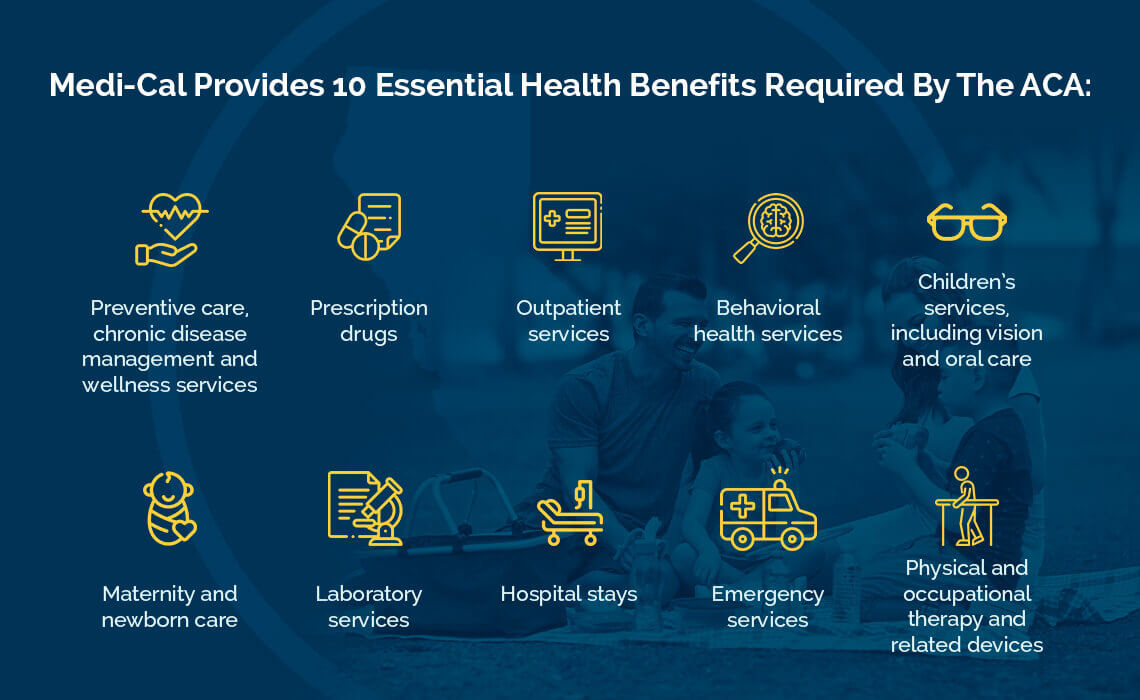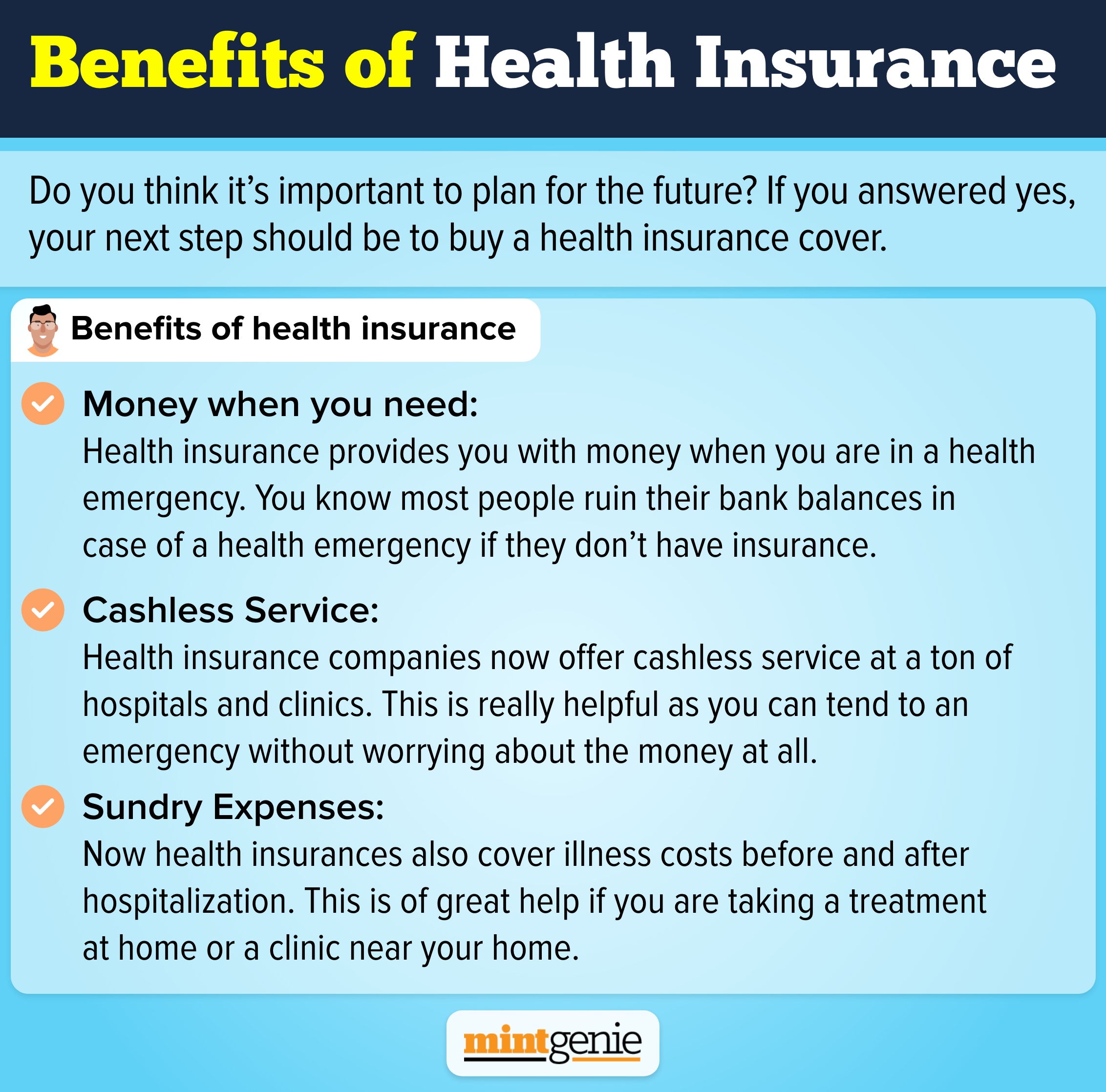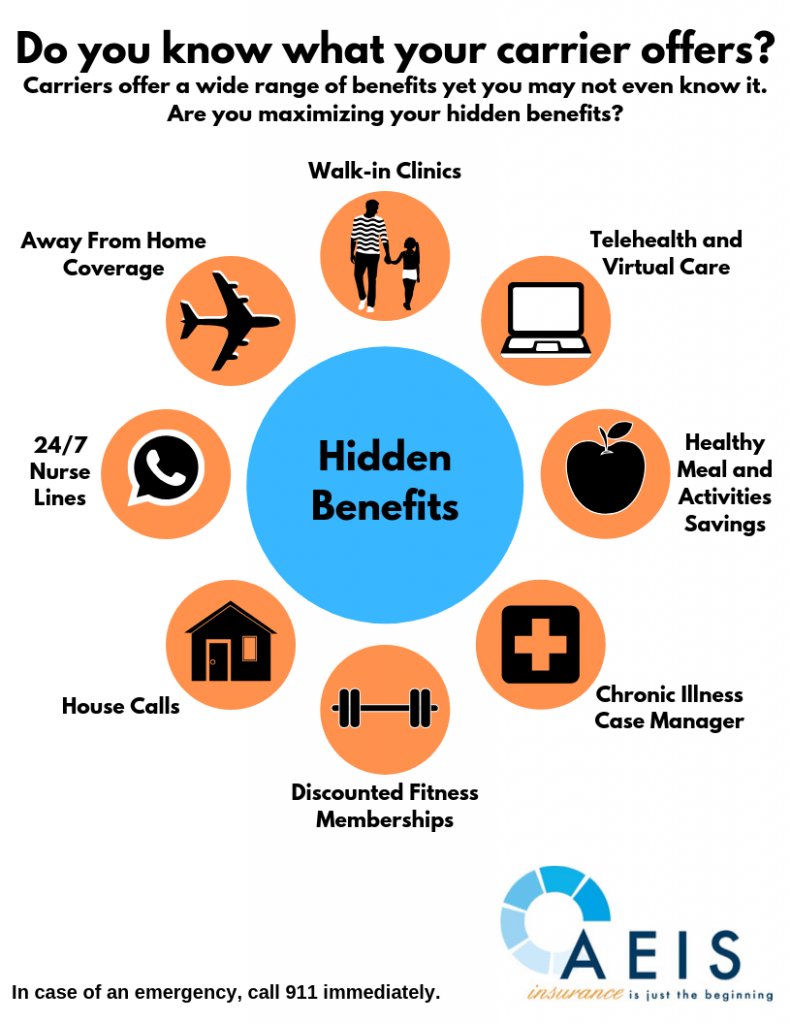Medicare Advantage Agent - The Facts
Table of ContentsGetting My Medicare Advantage Agent To WorkThe 5-Minute Rule for Medicare Advantage AgentThe Ultimate Guide To Medicare Advantage Agent

adheres to from confusing the reasonably young age profile of the uninsured with the far better wellness, generally, of more youthful persons. This covers the web link in between wellness status and medical insurance. For those without access to work environment medical insurance, bad wellness is a potential barrier to purchasing nongroup protection because such protection may be highly priced, exclude preexisting problems, or be simply inaccessible. The variety of without insurance Americans is not particularly huge and has not altered in recent years. Seven out of 10 respondents in a country wide depictive study believed that fewer Americans did not have health and wellness insurance policy than really do(Fronstin, 1998). Roughly fifty percent(47 percent )thought that the variety of people without medical insurance lowered or continued to be continuous over the latter fifty percent of the last years(Blendon et al., 1999). This drop of virtually 2 million in the variety of individuals 'without insurance coverage (a decrease
of around 4 percent)is definitely a favorable modification. With a softer economic situation in 2000 the most up to date reported gains in insurance policy coverage may not proceed(Fronstin, 2001 ). The decline in the number of without insurance will not continue if the economic climate remains slow and healthcare prices remain to outpace inflation. This is since the data were accumulated for a period of strong financial efficiency. Of the approximated 42 million people who were uninsured, just about regarding 420,000(concerning 1 percent)were under 65 years old, the age at which most Americans come to be eligible for Medicare; 32 million were adults between ages 18 and 65, around 19 percent of all grownups in this age group; and 10 million were children under 18 years of age, concerning 13.9 percent of all youngsters (Mills, 2000). These price quotes of the variety of individuals without insurance are produced from the annual March Supplement to the Existing Populace Survey (CPS), performed by the Demographics Bureau. Unless or else kept in mind, nationwide quotes of individuals without health and wellness insurance policy and proportions of the population with different kinds of protection are based upon the CPS, one of the most commonly utilized resource of quotes of insurance protection and uninsurance rates. These studies and the price quotes they produce are described briefly in Table B. 1 in Appendix B - Medicare Advantage Agent. These studies differ in dimension and sampling approaches, the inquiries that are inquired about insurance policy
The Definitive Guide for Medicare Advantage Agent
insurance coverage, and the time period over which insurance policy coverage or uninsurance is measured(Lewis et al., 1998, Fronstin, 2000a ). Still, the CPS is particularly useful since it produces annual price quotes relatively swiftly, reporting the previous year's insurance protection estimates each September, and since it is the basis for a constant collection of price quotes for greater than twenty years, permitting for analysis of fads in coverage over time.

8 Easy Facts About Medicare Advantage Agent Explained
Over a three-year duration beginning early in 1993, 72 million individuals, 29 percent of the U.S. population, were without coverage for at the very least one month. Within a solitary year(1994), 53 million people experienced a minimum of a month without insurance coverage(Bennefield, 1998a). Six out of every ten without insurance adults are themselves used. Although working does boost the possibility that a person and one's member of the family will certainly have insurance, it is not a warranty. Even participants of households with 2 full time wage income earners have practically a one-in-ten possibility of being without insurance (9.1 percent uninsured price)(Hoffman and Pohl, 2000 ). The connection in between health insurance policy and access to care is well established, as recorded later on in this phase. The connection between wellness insurance and health outcomes is neither direct nor simple, a considerable medical and health and wellness solutions study literary works links health and wellness insurance coverage
to improved enhanced to care, better far betterHigh quality and improved boosted individual population health health and wellnessCondition As an example, the second record, on individual wellness end results for without insurance grownups, is represented by the inner circle of the number, while the third report, on family wellness, includes the subjects of the 2nd record however emphasizes a different device of evaluation, particularly, the family members. The 6th record in the series will home certainly present details about methods and initiatives undertaken in your area, statewide, or country wide to deal with the absence of insurance policy and its unfavorable influences. Levels of evaluation for examining the effects of uninsurance. This conversation of medical insurance protection focuses primarily on the united state population under age 65 because basically all Americans 65 and older have Medicare or other public coverage.
It focuses particularly on those without any type of health and wellness insurance coverage for any type of length of time. The issues dealt with by the underinsured are in some aspects similar to those faced by the uninsured, although they are generally less extreme. Uninsurance and underinsurance, nonetheless, entail clearly different plan concerns, and the strategies for addressing them might vary. Throughout this research and the 5 reports to adhere to, the major emphasis is on persons with no medical insurance and therefore no support in paying for healthcare past what is readily available via charity and security internet organizations. Health and wellness insurance coverage is a powerful factor influencing invoice of treatment because both patients and physicians react to the out-of-pocket rate of solutions. Medical insurance, nonetheless, is neither required nor sufficient to get to medical services. The independent and straight effect of wellness
insurance coverage on access to health health and wellness solutions well established. Others will certainly obtain the wellness care they require even without wellness insurance, by spending for it out of pocket or seeking it from service providers that provide care complimentary or at extremely subsidized rates. For still others, medical insurance alone does not make certain receipt of treatment due to other nonfinancial obstacles, such as a lack of health and wellness treatment providers in their community, limited accessibility to transportation, illiteracy, or linguistic and social differences. Official research about uninsured populaces in the USA dates to the late 1920s and very early 1930s when the Committee on the Expense of Healthcare produced a series of records about funding medical professional workplace gos to and hospital stays. This concern became prominent as the varieties of medically indigent climbed during the Great Depression. Empirical studies constantly support the web link in between accessibility to care and improved health results(Bindman et al., 1995; Starfield, 1995 ). Having a routine resource of treatment can be taken into consideration a predictor of access, rather than a direct step of it, when health and wellness results are themselves made use of as accessibility indications. This expansion of the concept of gain access to dimension was made by the IOM Committee on Monitoring Access to Personal Healthcare Provider(Millman, 1993, p. Whether parents are insured shows up to affect whether their youngsters obtain treatment in addition to just how much careeven if the children themselves have coverage(Hanson, 1998). The wellness of moms and dads can impact their capability to take care of their youngsters and the degree of family members stress and anxiety. Fretting about their youngsters's accessibility to care is itself a source of stress for moms and dads. 3 chapters follow in this record. Phase 2 gives an introduction of how employment-based medical insurance, public programs and individual insurance plans operate and communicate to supply Medicare Advantage Agent comprehensive but insufficient coverage of the U.S. populace. This consists of a testimonial of historic trends and public policies impacting both public and personal insurance policy, a discussion of the communications among the various types of insurance, and an exam of why people move from one program to an additional or wind up
